Best Practices Articles

The Right Deal Registration Program Can Boost Your Channel Sales
If you are selling through the channel, then chances are you have a deal registration program or are considering one. The rationale for putting together such a program is basically two-fold. First, drive accountability, visibility and predictability from the partner base to own a set of opportunities and close them. Second, protect the end customer (buyer) from being pursued by too many channel partners for a specific opportunity. However, in addition to these two primary reasons, there are multiple other factors that make deal registration important.
In most cases, the intent of deal registration is to reward specific partners who are pursuing a business opportunity in a focused way, and prevent any potential conflicts with other channel partners and the vendor’s internal direct sales force when it comes to that pursuit. However, despite this simple and focused objective, deal registration programs often fail to work properly—and when they don’t work properly, they really can’t have any positive impact on sales.
In an earlier article I discussed how deal registration can drive partner satisfaction, so I won’t belabor that point here. However, I do want to discuss briefly a few factors that can seriously impact—in a positive way—channel sales. These are tied to the following areas:
- New product launches – Instead of rolling out a specific new product or service for the entire channel, you may want to pick a specific geography or a group of partners selected for certain opportunities. While your mass marketing engine may be driving leads from all of over the place, when it comes to closure you may want to distribute those leads to a specific set of partners to pursue, and make sure when they do so their efforts are protected via deal registration programs.
- New customer acquisition – Perhaps you are trying to expand your current customer base and incentivize your partner base to bring in new accounts. In those cases, if a partner brings in a new account from their existing installed base, you very likely have to protect those relationships for a certain period of time via your deal registration program. In fact, it may make sense to broaden that from deal registration to an account registration program. It is essential to build trust with partners who bring you new accounts and ensure they are not threated by the possibility of losing their installed base to another channel partner.
- Existing product sales boost – Sometimes your flagship products or services may be floundering because your partner base has lost its focus and is trying to do too many things. We all know that it happens from time to time. In response, you may want to bring focus back to your core products and services by providing extra margin or training or some other incentive mechanisms. As a part of that effort, you can provide partners that bring in deals above a certain size or contract duration with extra points or some other kind of reward. This kind of incentive can light a fire under partners and generate big deals—provided that the partners know your true intent.
I could keep going and discuss various other aspects of deal registration programs, and I will do that in subsequent articles, but here I just wanted to take a moment to share three simple examples of how a deal registration program can incentivize partners to sell more when the programs are thought through. In addition to providing protection to partners when they bring opportunities and end buyers from multiple partners pursuing the same deal, a properly designed deal registration program can truly align a partner’s business interest with your own organization’s interest to boost sales via channel.
For more information, please check this article.
Best Practices Guides
 First Principles Drive Modern Partner Ecosystem Success Best Practices
First Principles Drive Modern Partner Ecosystem Success Best PracticesDownload for FREE
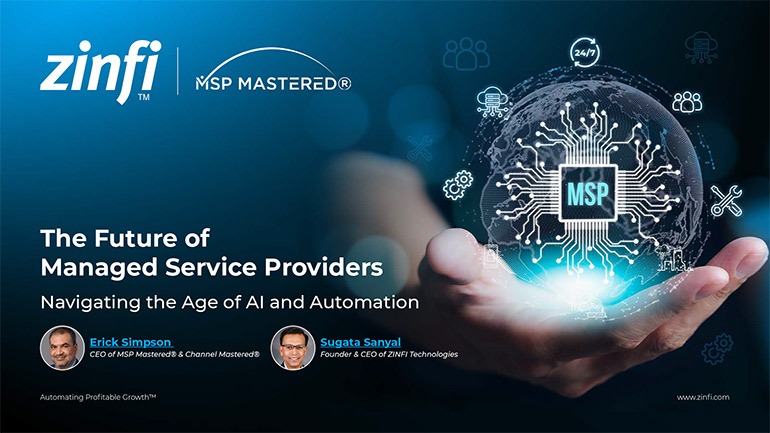 The Future of Managed Service Providers: Navigating the Age of AI and Automation
The Future of Managed Service Providers: Navigating the Age of AI and AutomationDownload for FREE
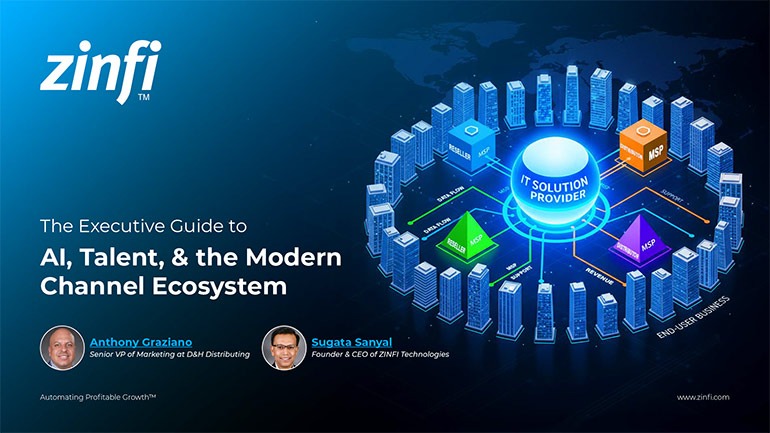 Modernizing Channel Marketing: AI and Ecosystem Enablement Best Practices
Modernizing Channel Marketing: AI and Ecosystem Enablement Best PracticesDownload for FREE
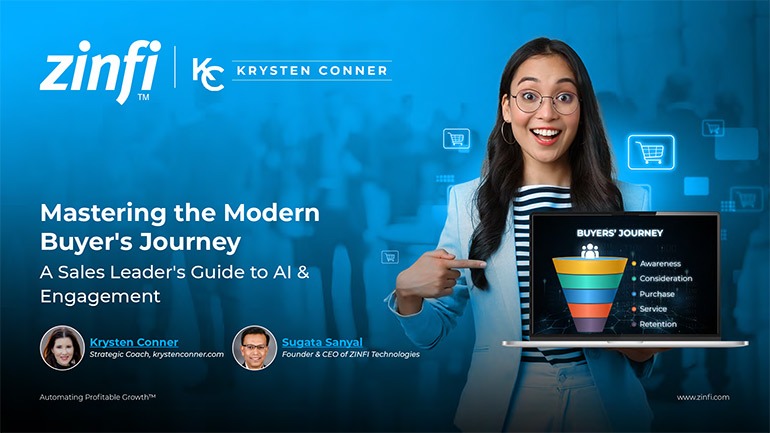 The Channel’s Shift to Partner-Led With AI Best Practices
The Channel’s Shift to Partner-Led With AI Best PracticesDownload for FREE
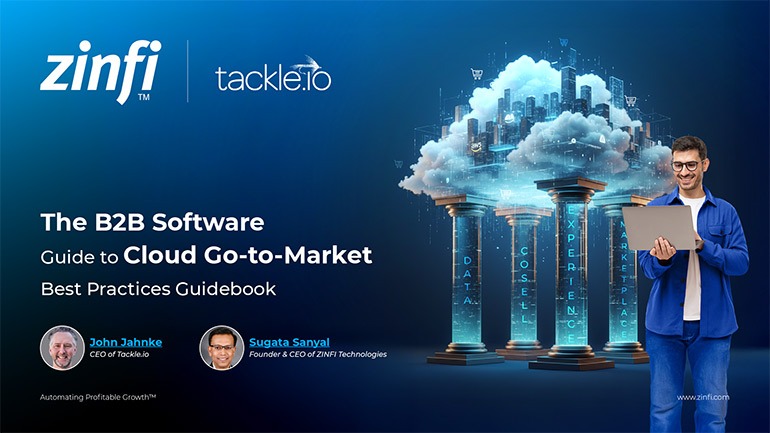 Hyperscalers, ISVs, and AI: Shaping the Future of B2B Software Distribution
Hyperscalers, ISVs, and AI: Shaping the Future of B2B Software DistributionDownload for FREE
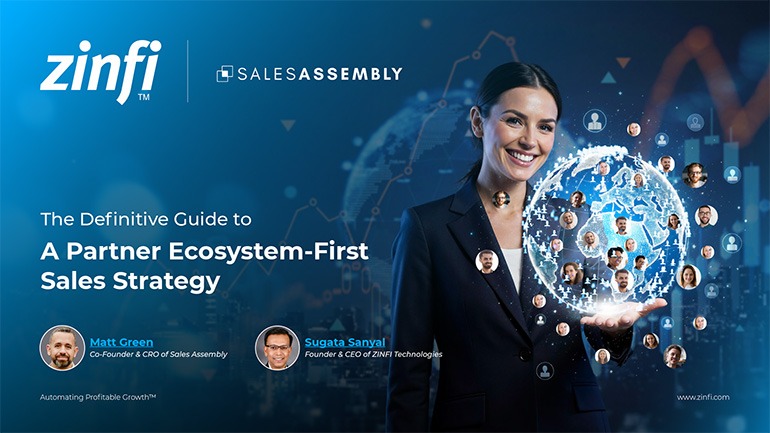 Definitive Guide to a Partner Ecosystem-First Sales Strategy
Definitive Guide to a Partner Ecosystem-First Sales StrategyDownload for FREE
 The Partner-Led Digital and AI Transformation Best Practices
The Partner-Led Digital and AI Transformation Best PracticesDownload for FREE
 Startup Talent Recruitment: Hiring Missionaries, Not Mercenaries
Startup Talent Recruitment: Hiring Missionaries, Not MercenariesDownload for FREE
 The Future of Partner Relationship Management with AI in Partnerships
The Future of Partner Relationship Management with AI in PartnershipsDownload for FREE
 Cybersecurity for the 99%: Strategies from the Frontline
Cybersecurity for the 99%: Strategies from the FrontlineDownload for FREE
 Mastering Partner Relationships: A Strategic Approach to Business Growth
Mastering Partner Relationships: A Strategic Approach to Business GrowthDownload for FREE
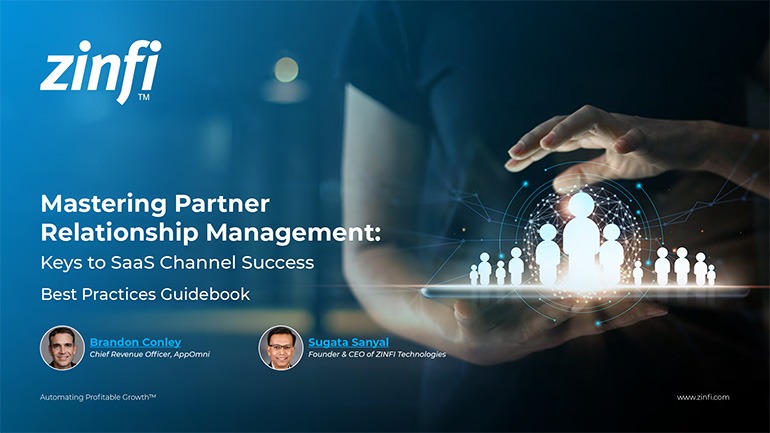 Mastering Partner Relationship Management: Keys to SaaS Channel Success
Mastering Partner Relationship Management: Keys to SaaS Channel SuccessDownload for FREE